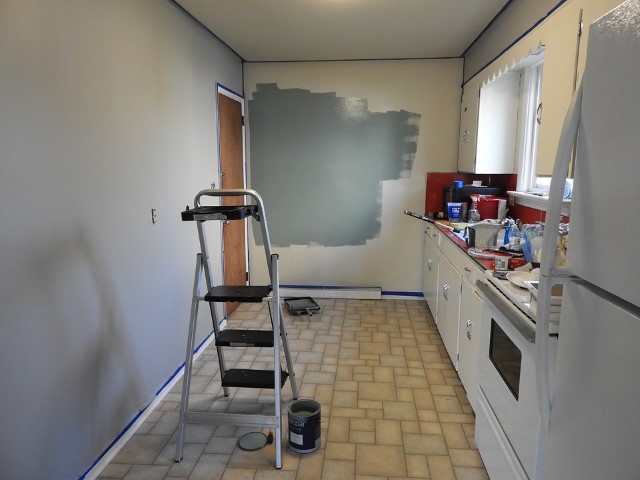Painting is one of the most cost-effective and impactful ways to refresh your home. Whether you’re adding a splash of color to a single room or giving your home’s exterior a complete makeover, a fresh coat of paint can breathe new life into your living spaces. Here’s a comprehensive guide to help homeowners tackle painting projects like a pro.
Why Painting Matters
- Enhances Aesthetic Appeal
- Paint can dramatically transform a room, making it feel larger, cozier, or more vibrant.
- For exteriors, a new color scheme can boost curb appeal and increase property value.
- Protects Surfaces
- High-quality paint acts as a barrier against moisture, sunlight, and wear, helping to preserve your walls and exterior materials.
- Cost-Effective Makeover
- Compared to major renovations, painting is a budget-friendly way to modernize and personalize your home.
Choosing the Right Paint
- Interior vs. Exterior
- Use interior paints for walls and ceilings inside your home. They’re designed to be easy to clean and resistant to stains.
- Exterior paints are formulated to withstand weather elements like rain, UV rays, and temperature fluctuations.
- Finish Options
- Matte/Flat: Great for hiding imperfections but harder to clean.
- Eggshell/Satin: Durable and easy to clean, ideal for living rooms and bedrooms.
- Semi-Gloss/Gloss: Best for trim, doors, and kitchens due to their high durability and resistance to moisture.
- Color Selection
- Neutral tones offer timeless appeal and flexibility.
- Bold colors can add personality but are best used sparingly or as accent walls.
- Test paint samples in your space to see how colors look under different lighting conditions.
Preparing for a Painting Project
- Gather Supplies
- Paint, brushes, rollers, painter’s tape, drop cloths, primer, and a paint tray.
- Prep the Surface
- Clean walls to remove dust and grease.
- Fill in cracks and holes with spackle and sand smooth.
- Use painter’s tape to protect trim, outlets, and adjacent surfaces.
- Prime the Walls
- Priming helps the paint adhere better and ensures even color, especially when painting over darker shades or new drywall.
Painting Like a Pro
- Start with Edges and Trim
- Use an angled brush to paint along edges and corners before moving to larger surfaces.
- Roll with Consistency
- Use a roller for larger areas, applying paint in a “W” pattern to ensure even coverage.
- Apply Multiple Coats
- Most projects require at least two coats for full coverage. Allow each coat to dry completely before applying the next.
- Finish Strong
- Remove the painter’s tape while the paint is still slightly wet to avoid peeling.
- Inspect for touch-ups once the paint is dry.
Exterior Painting Tips
- Choose Weather-Friendly Days
- Avoid painting on rainy or overly humid days, as this can affect paint adhesion and drying.
- Use the Right Tools
- Invest in durable brushes and rollers designed for exterior use.
- Inspect and Repair
- Check for damaged siding, peeling paint, or cracks before starting. Address these issues to ensure a smooth application.
Maintenance and Longevity
- Clean Painted Surfaces
- Regularly dust or gently wash interior walls to maintain their appearance.
- Monitor for Wear
- For exteriors, inspect annually for peeling or fading, especially in areas exposed to harsh sunlight or rain.
- Touch Up as Needed
- Keep leftover paint for quick touch-ups to keep your walls looking fresh.
Final Thoughts
Painting your home is an opportunity to express your style and protect your investment. By planning carefully, choosing the right materials, and following best practices, you can achieve a professional-quality finish that enhances your home’s beauty and durability. Whether you’re tackling the project yourself or hiring a professional, a well-executed paint job is a rewarding way to transform your space.

